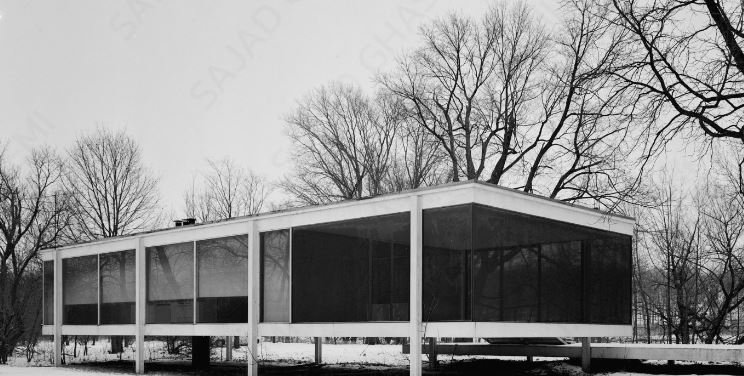Exploring the Minimalist Architecture Movement
Minimalist architecture emerged in the mid-20th century as a response to the complexities and ornamentation of previous architectural styles. It is characterized by simplicity, clean lines, and an emphasis on functionality over ornamentation. This blog explores the origins, principles, and influential figures of the minimalist architecture movement, highlighting its enduring impact on contemporary design.

Origins of Minimalist Architecture
The roots of minimalist architecture can be traced back to the modernist movement of the early 20th century. This sought to simplify forms and emphasize functionality. Influential architects such as Ludwig Mies van der Rohe and Le Corbusier pioneered minimalist principles with their use of open spaces, geometric shapes, and the rejection of unnecessary decoration.
Key Principles of Minimalist Architecture
Minimalist architecture is guided by several core principles:
- Simplicity: Striving for simplicity in form and design, eliminating non-essential elements to achieve a clean and uncluttered aesthetic.
- Functionality: Emphasizing practicality and usability, ensuring that every design element serves a purpose and enhances the user experience.
- Minimal Use of Materials: Using a limited palette of materials, often natural or industrial in origin, to create visual harmony and coherence.
- Spatial Quality: Prioritizing spatial quality and proportions, creating spaces that feel open, airy, and conducive to both movement and contemplation.
- Light and Shadow: Harnessing natural light and shadow to accentuate architectural elements and create dynamic visual effects within spaces.
Influential Architects of the Minimalist Movement
Ludwig Mies van der Rohe
Ludwig Mies van der Rohe, a pioneer of modernist architecture, epitomized minimalist principles with his famous phrase “less is more.” His designs, such as the Barcelona Pavilion and the Farnsworth House, emphasize structural clarity, open floor plans, and the use of industrial materials like steel and glass.
Tadao Ando
Tadao Ando, a contemporary Japanese architect, blends minimalist aesthetics with traditional Japanese design principles. His concrete structures, such as the Church of the Light and the Naoshima Contemporary Art Museum. Showcase geometric purity, spatial elegance, and a profound sense of materiality and light.
John Pawson
John Pawson, a British architect known for his minimalist residential and commercial projects, advocates for simplicity and clarity in design. His work, such as the Novy Dvur Monastery and the Calvin Klein flagship store in New York, emphasizes meticulous detailing, spatial purity, and the interplay of light and shadow.
Minimalist Architecture Today
In contemporary architecture, minimalist principles continue to influence design trends and approaches. Architects around the world, inspired by the minimalist movement, explore new ways to create serene, functional, and timeless spaces that respond to modern living needs while embracing sustainability and technological advancements.
Minimalist architecture, stemming from the mid-20th century modernist movement, embodies a philosophy of simplicity and functionalism. Architects like Ludwig Mies van der Rohe and Le Corbusier pioneered this aesthetic by stripping away unnecessary ornamentation and focusing on essential elements. The principles of minimalist design emphasize clean lines, open spaces, and a harmonious integration of form and function. Materials such as steel, glass, and concrete are often used sparingly but purposefully. Contributing to the overall clarity and elegance of minimalist structures. This approach not only creates visually appealing spaces but also enhances the user experience by promoting a sense of calm and order.
Conclusion
The movement represents a profound shift towards simplicity, functionality, and spatial clarity in design. Originating from the modernist ideals of the early 20th century, minimalist architecture has evolved into a global design philosophy. Embraced by architects seeking to create impactful and enduring spaces. As we look to the future, the principles of minimalism continue to shape architectural discourse, offering timeless lessons in restraint, elegance, and the art of less.



